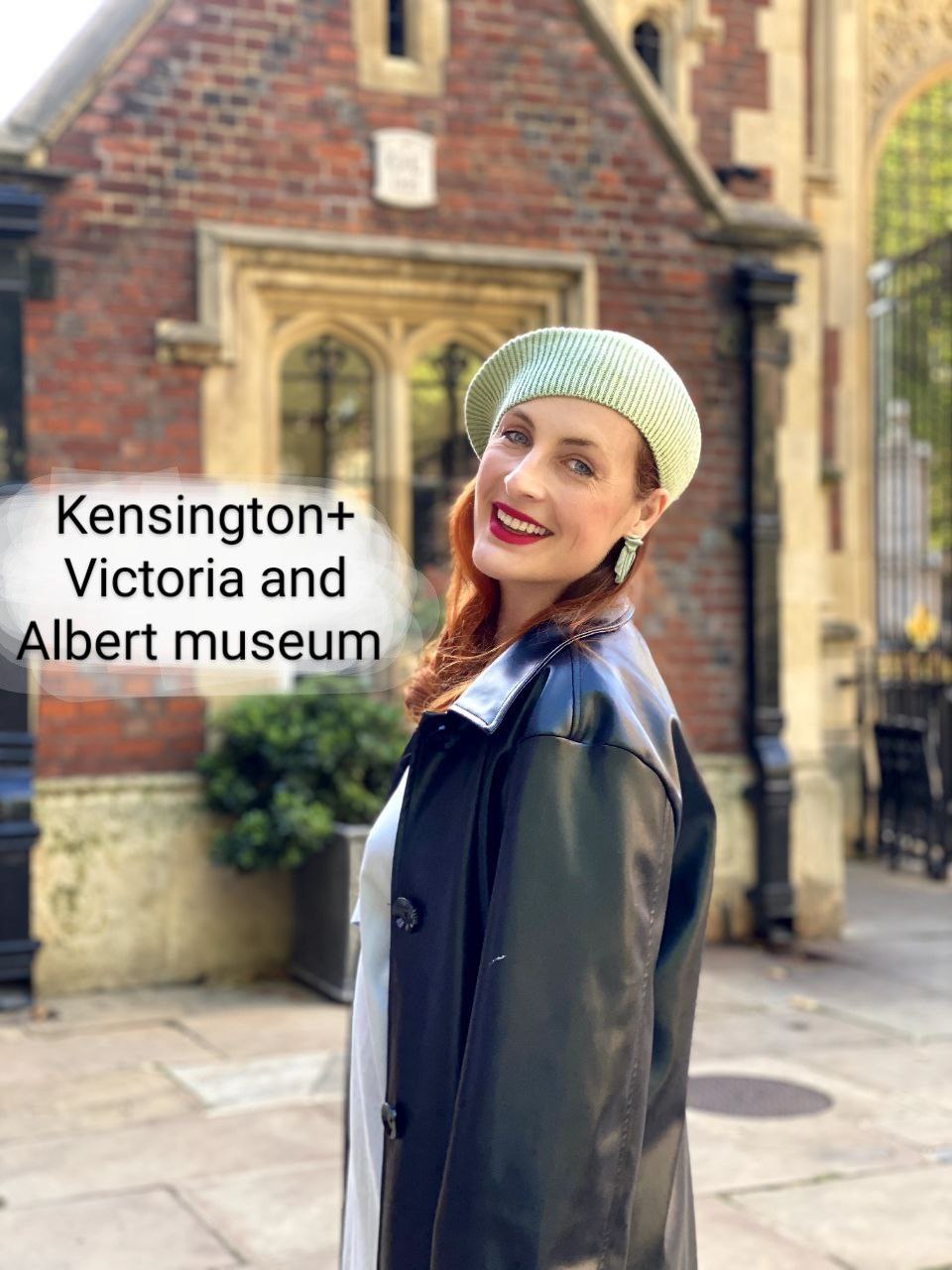This is certainly a grandiose route that will start with a walk This is a grandiose route that will start with a walk around the South Kensington area and continue in the halls of the Victoria and Albert Museum (given the scale of the museum, half the time is allocated for it). Beginning from Michelin House. We will look at the museum district, talk about where Darwin and Faraday worked, take a walk at the magnificent monument to Albert, and guess what the parts of the world in its composition mean. Of course, we’ll remember Lewis Carroll, and Lenin, find out where the most narrow house in London is, and where Prince William proposed. The famous inventor James Dyson, the founder of the Dyson company (the most coveted and most expensive hair dryer in the world!), and the actor who played Mr. Bean lives in this area, and we will see their favorite places. And of course, we will be greeted by the Albert Hall — the most incredible concert hall in England! The educational institutions around and the residential development are so beautiful that you won’t be surprised for a minute why this area is one of the most prestigious and expensive in London. Where Virginia Woolf liked to relax and why it is in this area that the «heart of feminism». Where William Makepeace Thackeray lived, why Vanity Fair is about Kensington, and why the era of the Napoleonic Wars is scarier for the British than the Holocaust.

The second (very important) part of our tour is a visit to the V&A Museum (Victoria and Albert Museum), which was opened in 1852, at a time when London was in every sense the geographical and political center of the world and the museum demonstrates this wonderfully. Let’s talk about the World’s Fair of 1851, the oddities of Prince Albert, and how the museum became a real architectural miracle. V&A, with its maze of halls and galleries, will meet us with a fashion gallery, where we will discuss the logic behind the development of various fashionable elements, and then we will be astonished at the jewelry gallery with various objects made of precious metals and stones from 1500 BC to our time. We also need to see two giant halls with full-size reproductions of Michelangelo’s David and Moses, which we can usually admire in Florence and Rome. These halls are like a three-dimensional art history book. After that, we cannot forget art galleries’ rooms — we will see the famous landscapes of Constable, pre-Raphaelites, and even Raphael.

We will finish our walk through the museum with a journey through time — we will walk through the halls of everyday life of the British folks from 1700 to 1900. Some rooms were recreated in their former form, showing not only works of art, such as paintings and sculptures, but also household items: clothes, furniture, sets of dishes, and necessary trifles. This makes the galleries really interesting because we can see how the houses were furnished and how people of the past lived their everyday lives. A particularly important place in a design museum, such as the V&A, is occupied by the manufacturing of furniture. Undoubtedly, Chippendale is among the designers who have brought the art of furniture-making to a higher level. If you are fond of antique furniture, you will have the opportunity to admire his original masterpieces.

The final chord of our walk will be a visit to the legendary Armenian-Jewish family restaurant Jacob, where we will be able to taste wonderful stuffed peppers and stuffed eggplant just like Aunt Sonya’s in Odessa, drinking homemade wine from Armenia and Israel!

